In the realm of personal computing, the graphics card is a central component that drives the visual output of the system. It is the powerhouse behind rendering images, videos, and for those with a penchant for gaming or graphic designing, it’s a tool that significantly amplifies performance. Whether you’re troubleshooting, planning to upgrade, or simply curious, knowing where the graphics card is in a PC and understanding its role is essential. Let’s navigate the anatomy of a typical desktop computer to unearth the whereabouts of the graphics card and appreciate its function in the grand orchestra of PC components.
Understanding the Role of a Graphics Card
The Graphics Card Explained
A graphics card, also renowned as a video card or GPU (Graphics Processing Unit), is the component within a computer that handles rendering images to the display. It converts data into a signal that your monitor can understand and display. For activities like playing high-resolution games, editing video, or running complex 3D simulations, the GPU takes the computational load off the CPU (Central Processing Unit), allowing for efficient multitasking and smoother performance in graphic-intensive applications.
Significance in Modern Computers
As visual resolutions and screen sizes expand, the demand for capable graphics processing also grows. Modern software, games, and media require more sophisticated graphics processing than ever before. A powerful GPU can mean the difference between a jerky and a smooth on-screen experience. Particularly for gamers, video editors, and professionals using CAD software, the graphics card is a pivotal tool that enables the execution of heavy rendering tasks with finesse.
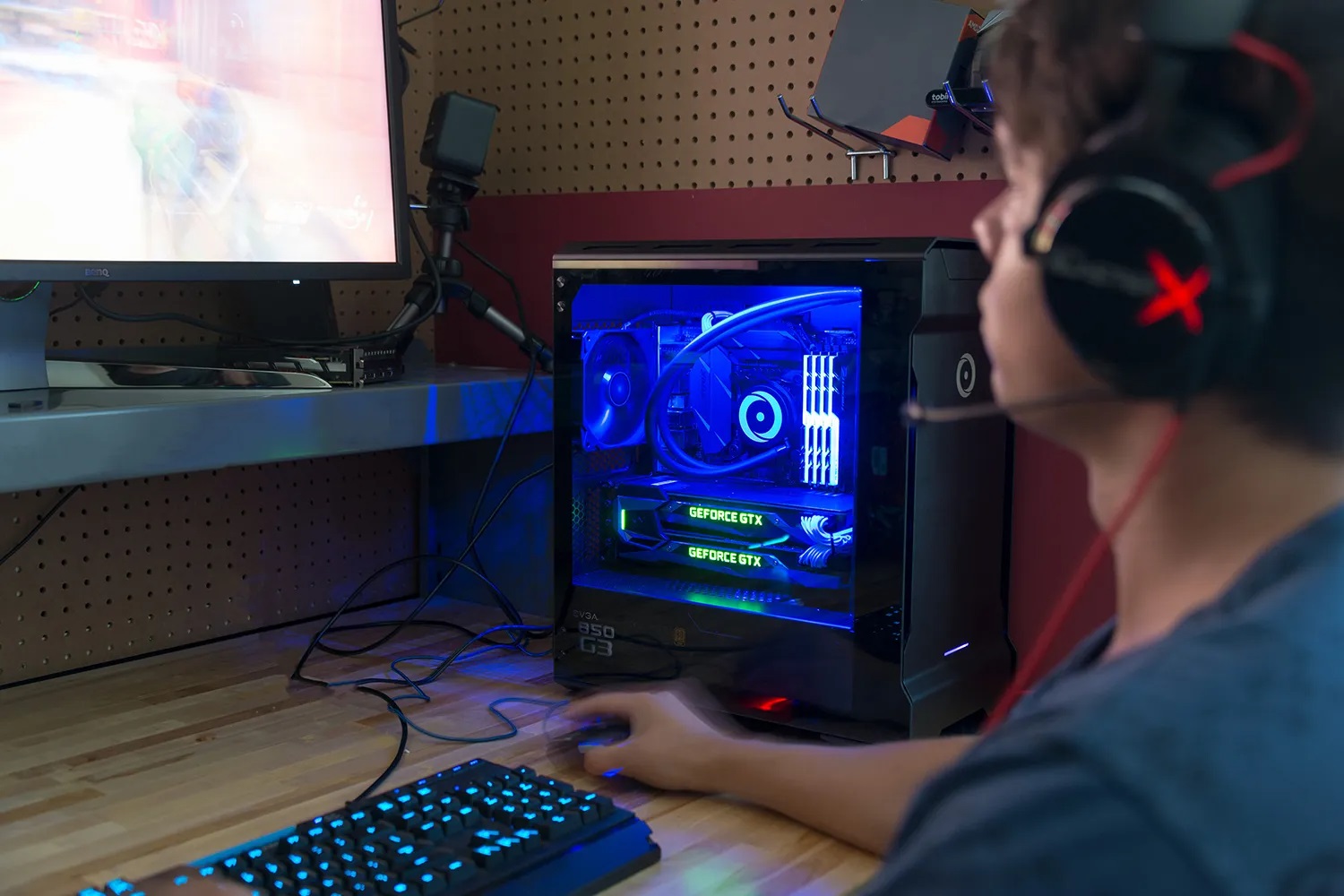
How to Identify the Graphics Card Inside a PC
Locating Physically
The graphics card typically resides in an expansion slot on the motherboard. To find it, you’ll need to open the case of your desktop computer. Once inside, look for the motherboard – the large circuit board that everything else connects to. The graphics card is usually inserted into a PCIe (Peripheral Component Interconnect Express) slot, which is characterized by being one of the longest expansion slots on the motherboard. It’s often situated near the bottom or middle of the case, aligned with the back where you’ll see the video ports such as HDMI, DisplayPort, or DVI connectors.
Using Software to Identify
For those who are not comfortable opening their computer case, you can use system information software to identify the graphics card. In Windows 10 and 11, for instance, you can navigate to the “Device Manager” and expand the “Display adapters” section to see the name of the installed GPU. This method provides a straightforward way to determine what graphics hardware your system is running without the need for physical inspection.
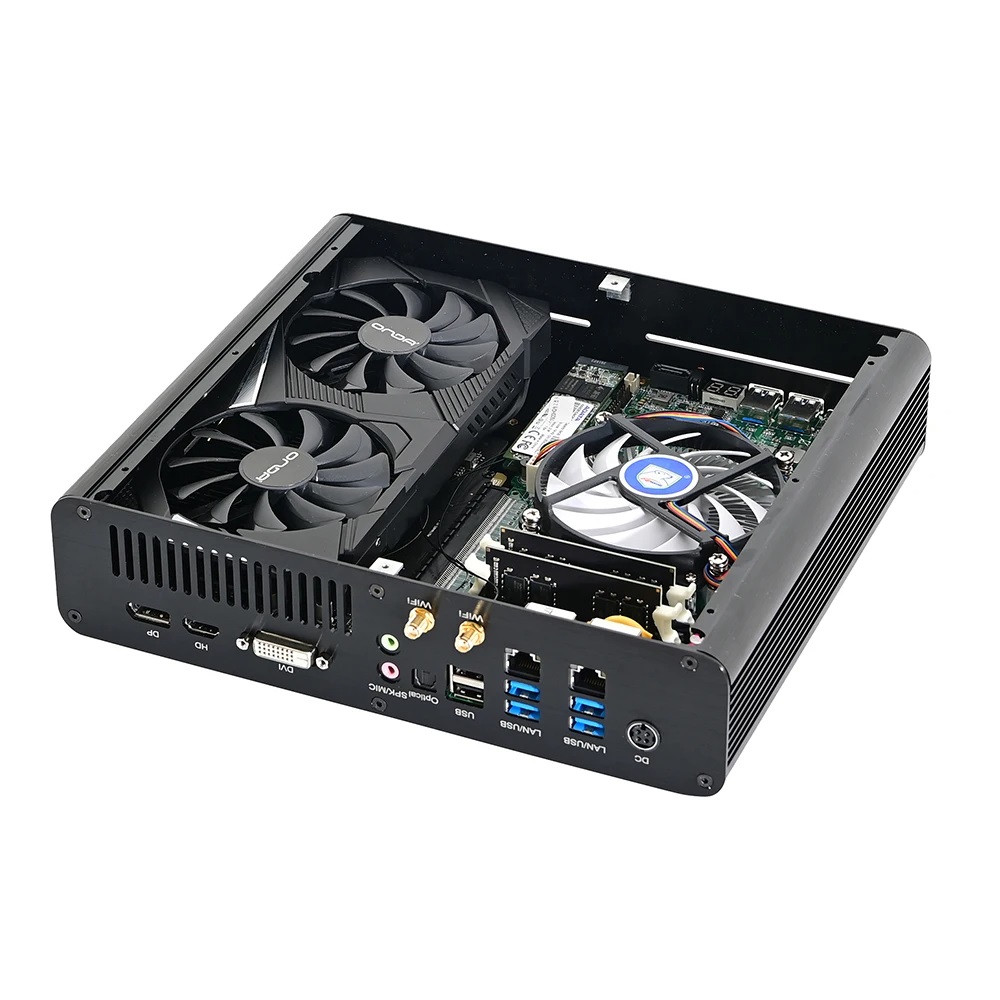
Preparing for Graphics Card Maintenance or Upgrade
Checking Compatibility and Space
Before attempting any maintenance or upgrade of your GPU, it’s critical to check compatibility with your current system. Make sure the new graphics card you’re considering is supported by your motherboard and fits inside your case. Some high-end graphics cards are quite large and may require two expansion slots or might not fit in more compact cases. Additionally, check the power supply unit (PSU) wattage and connectors, as powerful GPUs often need direct power from the PSU.
Safety Precautions
When handling internal PC components, always take static electricity and general safety precautions. Ensure the PC is unplugged, and ground yourself to prevent static discharge by using an anti-static wrist strap or regularly touching a grounded metal object. Be gentle when removing the old graphics card to avoid damaging the PCIe slot or the GPU itself, especially if you plan to sell or reuse it.
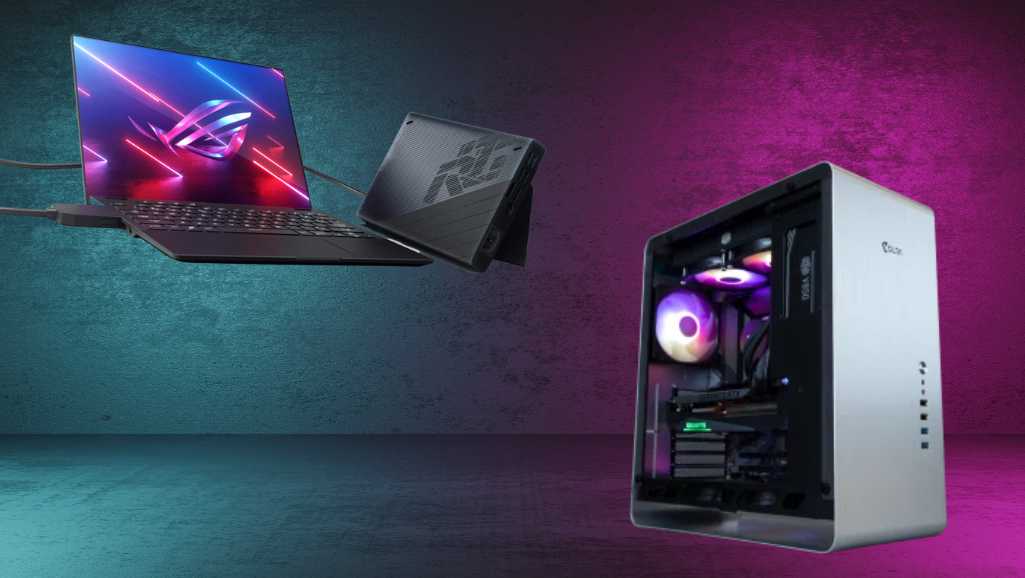
Installing or Replacing a Graphics Card
The Installation Process
Once you have the right graphics card for your needs and are ready to install it, begin by opening your PC case. Locate the PCIe x16 slot on the motherboard, which is generally the topmost slot of its size. If you’re replacing a card, remove it by unscrewing it from the case’s backplate and unlatching it from the slot. Carefully insert the new GPU into the slot until it clicks into place, and secure it using screws. Finally, connect any necessary power cables from the PSU to the graphics card.
Ensuring Everything Works
After installation, power up your PC and install the required drivers for your new GPU. You can download the latest drivers from the graphics card manufacturer’s website. Ensure that your monitor is connected to the graphics card, not the motherboard, to utilize the GPU fully. Once drivers are installed, your PC should be recognizing and utilizing the new graphics card, and you can enjoy an enhanced visual performance on your system.
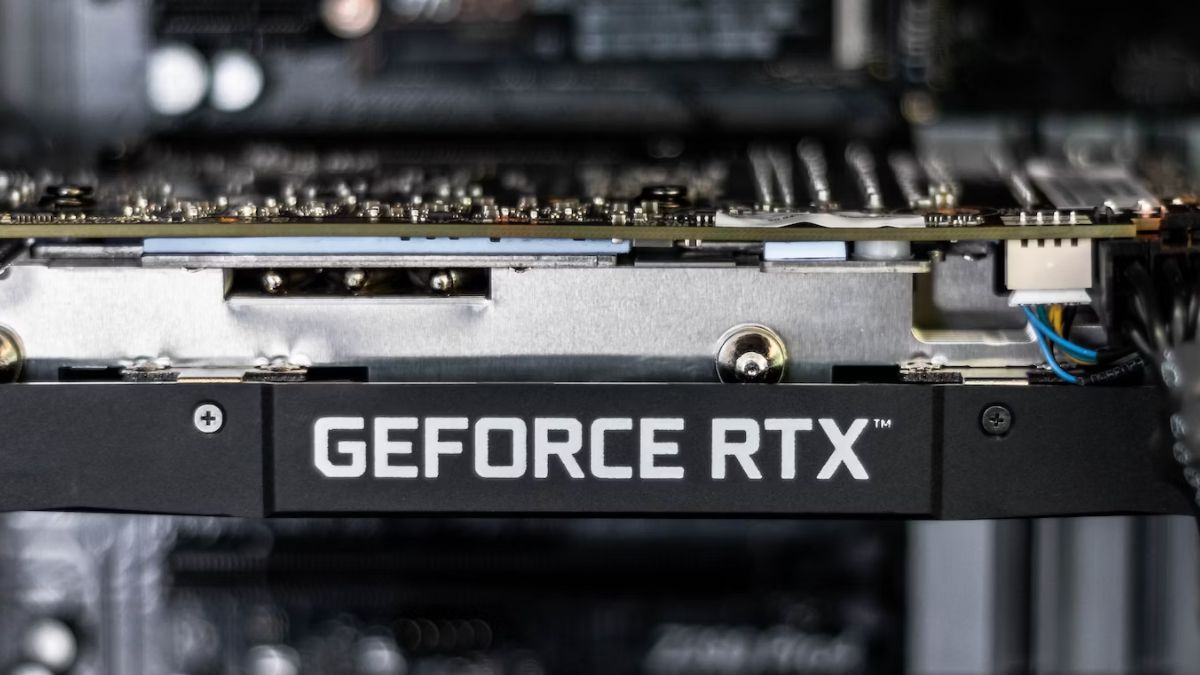
Maximizing Graphics Card Performance
Fine-Tuning for Optimal Output
After installing a new GPU, fine-tuning settings can contribute immensely to achieving the best performance. Utilize the graphics card’s control panel to adjust image settings for quality or performance based on your preferences. Updating to the latest drivers can also offer improvements and new features. Moreover, experienced users can explore overclocking their GPU for enhanced performance, though this requires caution and an understanding of the potential risks, such as increased heat production and component stress.
Monitoring Temperature and Load
The longevity of a graphics card can depend greatly on operating temperatures and workload management. Install software that can monitor GPU temperatures and usage in real-time, such as MSI Afterburner or EVGA Precision X1. If temperatures are consistently high, consider improving case airflow or adding aftermarket cooling solutions. Proper temperature management ensures that the GPU maintains peak performance and prevents thermal throttling or hardware failure.
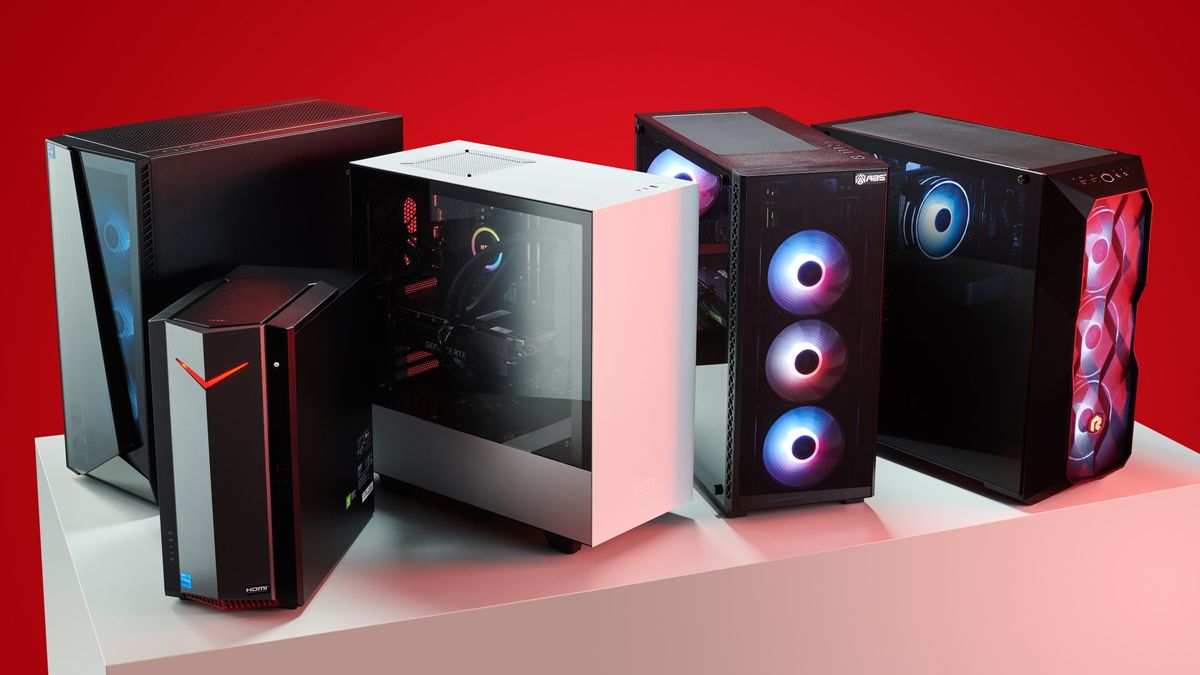
Regular Maintenance Checks
Regularly clean your graphics card and verify that its cooling system is free of dust and debris, which can impede airflow and lead to overheating. Check the fans on the card to make sure they are spinning correctly and are not hindered by wires or other obstructions. Such maintenance can prolong the life of your GPU and maintain its performance levels over time. Ensure that the connections remain secure, and reseat the card if necessary to prevent any potential connectivity issues.
Knowing the position of the graphics card in your PC can demystify maintenance and upgrade processes. It equips you with the knowledge for ensuring your system meets today’s visual demands. This prepares you for straightforward troubleshooting. It also prepares you for enhancing your graphical performance.
